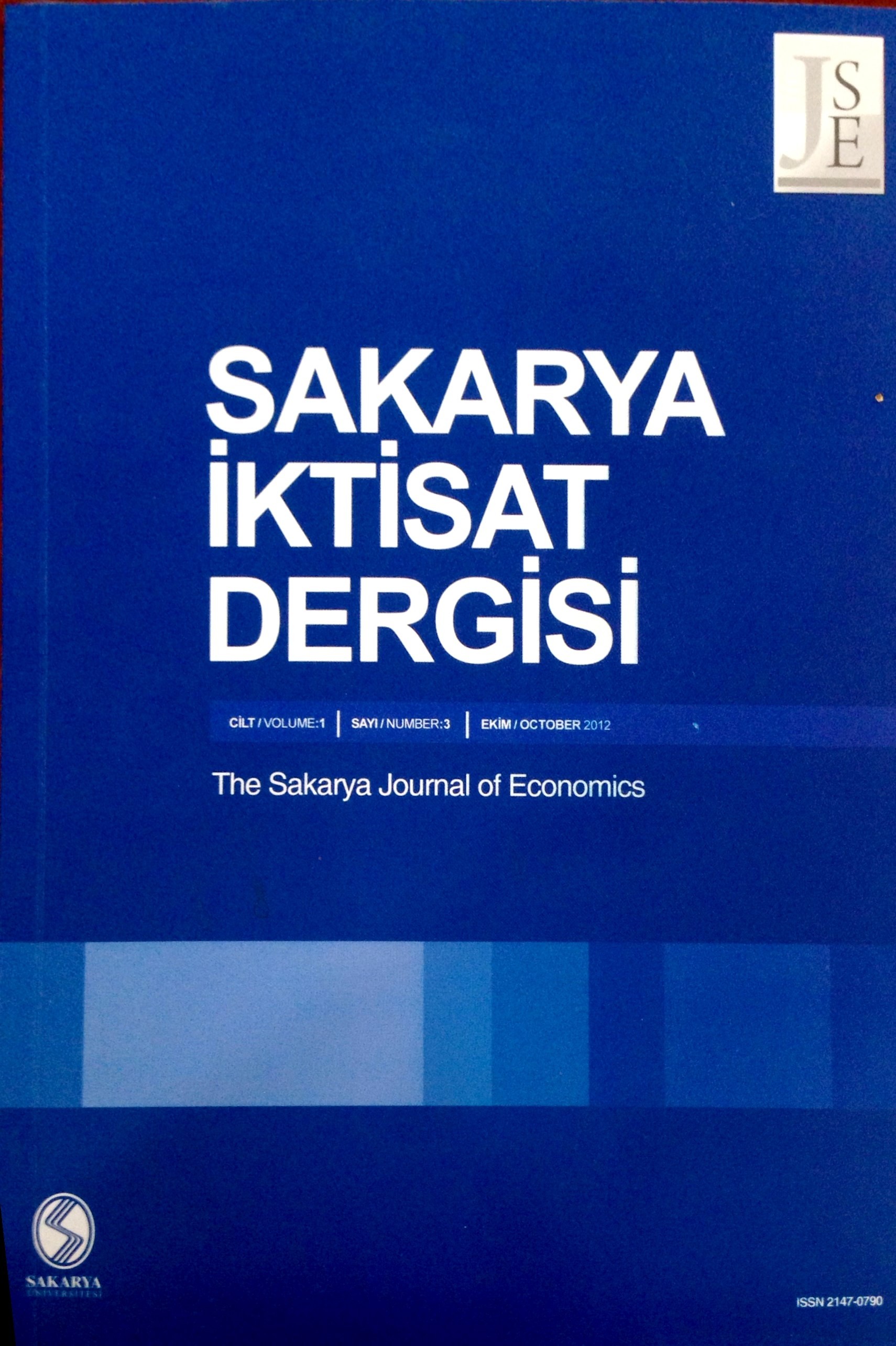2008 KÜRESEL EKONOMİK KRİZ: TÜRKİYE’DE İŞSİZLİĞE YANSIMASI
Küresel ekonomik kriz 2007 yılında Amerika Birleşik Devletleri’nde konut sektöründe başlamış, 2008 yılında ise patlak veren kriz Avrupa’ya ve gelişmekte olan ülkelere yayılmıştır.. Ülkemizde ise etkilerini 2008 yılının ikinci yarısından itibaren göstermeye başlamış olan bu kriz, her ne kadar finans kesiminde ortaya çıkmış olsa da, reel sektöre de yayılarak etkisi altına almıştır. Bu çalışmada; yaşanan bu krizin, işsizlik üzerindeki etkileri araştırılmıştır. Çalışma bulguları ile İşsizliğin % 10-11 civarında iken kriz sonrasında bu rakamların %14’e kadar çıktığı saptanmıştır. İşyerlerinin kapanması ve çalışanların işten çıkartılmasının yanı sıra kriz sebebiyle yeni işyerlerinin kurulamaması işsizliğin daha da artmasına sebep olmuştur. Ayrıca, işsizliğin en fazla gençlerde görüldüğü tespit edilmiştir. Kadınların işsizlik oranlarına baktığımızda erkeklerinkine göre daha az arttığı görülmüş, ayrıca kadınların işgücüne katılım oranının erkeklere göre daha fazla artmasının sebebi ‘’ek çalışan etkisi’’ olarak tespit edilmiştir
Anahtar Kelimeler:
Küresel Ekonomik Kriz, Türkiye İşgücü Piyasası, İşsizlik
2008 GLOBAL ECONOMIC CRISIS: ITS REFLECTIONS TO UNEMPLOYMENT IN TURKEY
The global financial crisis of 2007 started with the United States housing market sector and as a result at 2008 it effected the Europa and other developing countries . After the second half of 2008, it started to show its effects on Turkey, either the financial fields or the real sector.In this study, effects of this crisis on the unemployement are investigated. Results showed that after the global financial crisis the unemployement rates increased from %10-11 to %14.Beside to stores closing and layoffs, establishing new companies were not possible because of the financial crisis and it caused increase in the unemployement.Addition to that, youth unemlopeyement was determined. When the unemployement rate of women is analyzed ,it showed a less increase than men.Moreover, it is observed that labour force participitation rate of women increases than the rate of men becuse of the additional employee effect
Keywords:
Global Economic Crisis Turkish Labor Market, Unemployment, ,
- ISSN: 2147-0790
- Yayın Aralığı: Yılda 4 Sayı
- Başlangıç: 2012
- Yayıncı: Sakarya Üniversitesi
Sayıdaki Diğer Makaleler
2008 KÜRESEL EKONOMİK KRİZ: TÜRKİYE’DE İŞSİZLİĞE YANSIMASI
28 ŞUBAT SÜRECİ VE BİR SİVİL TOPLUM KURULUŞU OLARAK TÜSİAD’IN SÜRECE BAKIŞI
KOBİ’LERİN DEVLET BANKALARINA YÖNELİK TUTUMLARI ÜZERİNE KOCAELİ İLİNDE BİR UYGULAMA
F Cengiz DİKMEN, Seda YILDIRIM
Selim İNANÇLI, Mehmet Sena EKİCİ, Adem BABACAN
